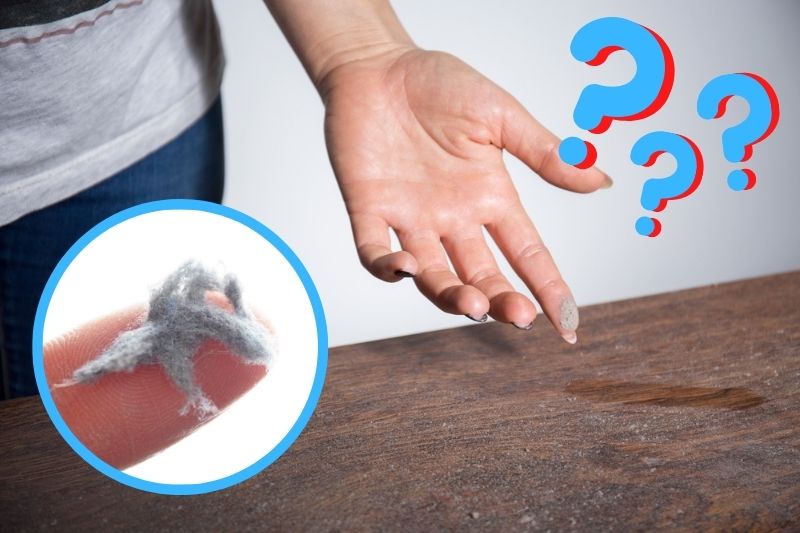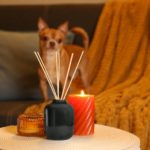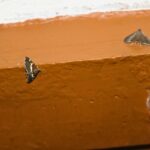Dust is a familiar sight to households around the world, and it can easily feel like no matter how hard you work or how frequently you clean, it just comes back.
You can easily run your finger over the floor or the shelf just a few minutes after cleaning and find dust…
Fortunately, it doesn’t have to be that way. There are steps that you can take to reduce the amount of dust in your home.
Where Does Dust Come From?
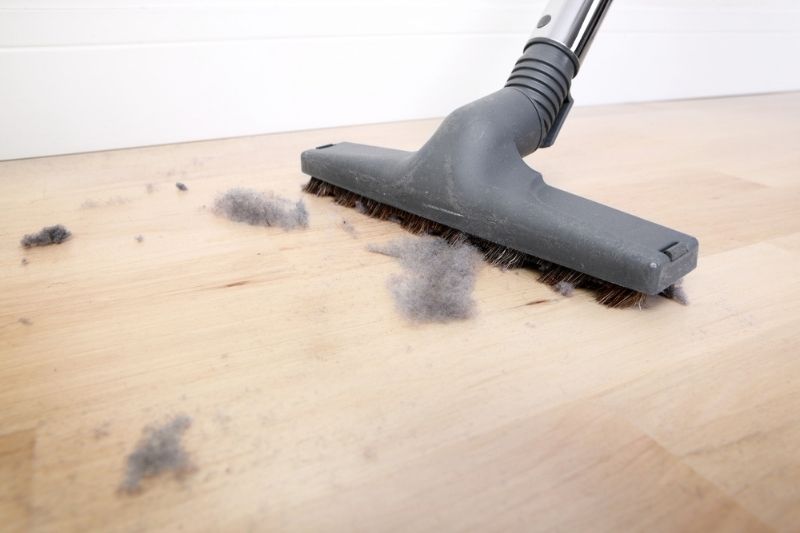
Unfortunately, there is no one-size-fits-all answer to this question, as the exact components of the dust in your home will vary greatly depending on where you live, if you have pets, and other aspects of your family’s lives.
As an example, if you live near a gravel road, this is likely the cause of a good percentage of your dust problem. If you live in the countryside, it will likely be pollen and other plant matter.
Even if you manage to eliminate outside factors, you still aren’t safe from the invasive pest that is dust.
If there is anything living inside your home, you will (unfortunately) find dust. Dead skin cells, pet hair, food crumbs, insects, and so many other everyday things will be found in your dust.
How to Reduce Household Dust
If you do find yourself stressing over the vast quantities of dust in your home, there are a variety of steps that can be taken to reduce the problem.
1. Eliminate mould
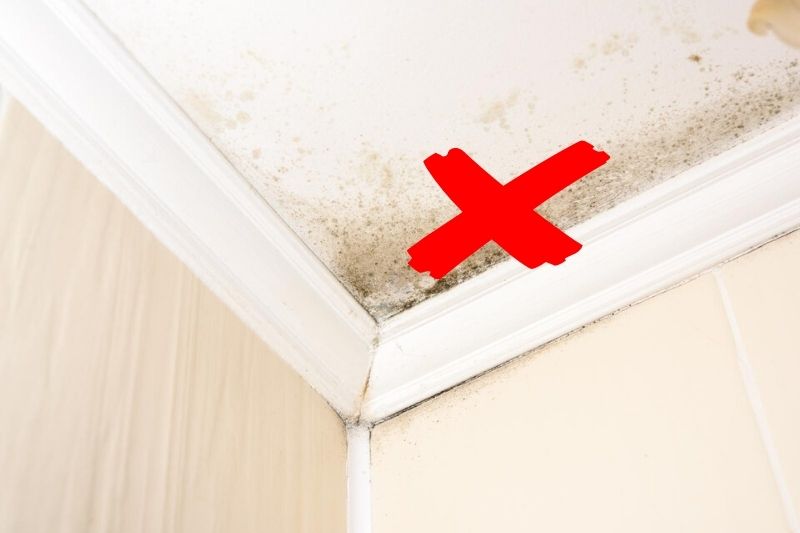
Mould is an incredibly common cause of dust that needs to be dealt with. Even if you do not see it, there is probably some kind of mould somewhere in your home. If left unchecked, mould will release spores into the air, and these spores will go on to become dust.
The best way to tackle mould and the spores produced is with an mould remover spray.
Routinely cleaning your home with such a chemical will cut down the number of spores that are able to spread through the air.
Another way to tackle mould is to cut down on your home’s humidity. Mould likes dark, warm, and damp places, and if you cut out the humidity, it will stop reproducing.
You can of course invest in a dehumidifier, however opening windows, using extractor fans and keeping bathroom doors closed will all go a long way to reducing humidity.
2. Go barefoot or use house-only shoes
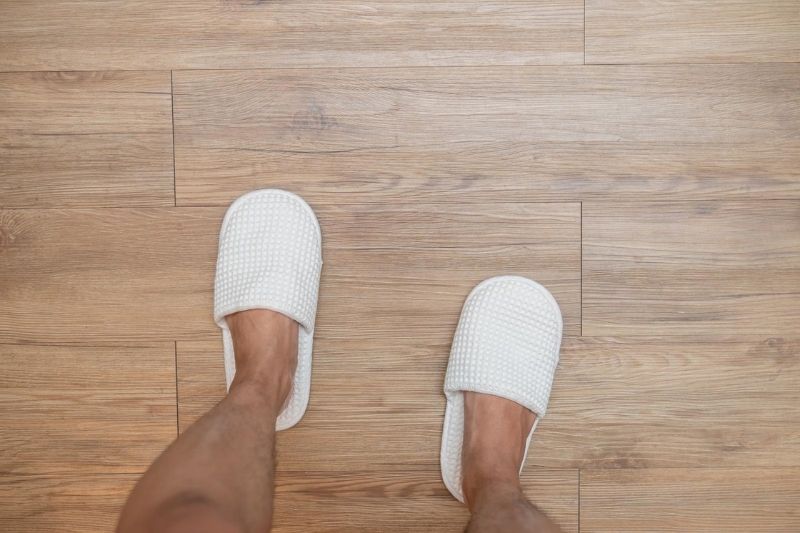
As much as 80% of dust is thought to get brought into houses on the bottom of people’s shoes. Despite this fact, there are still always people who scoff at those who try to enforce a no-shoes policy.
An alternative to banning shoes all together is to have house-only shoes. Whether that is slippers, comfy plimsols or flip flops, having shoes that you only wear at home will eliminate a good portion of your dust problem.
3. Use sturdy doormats
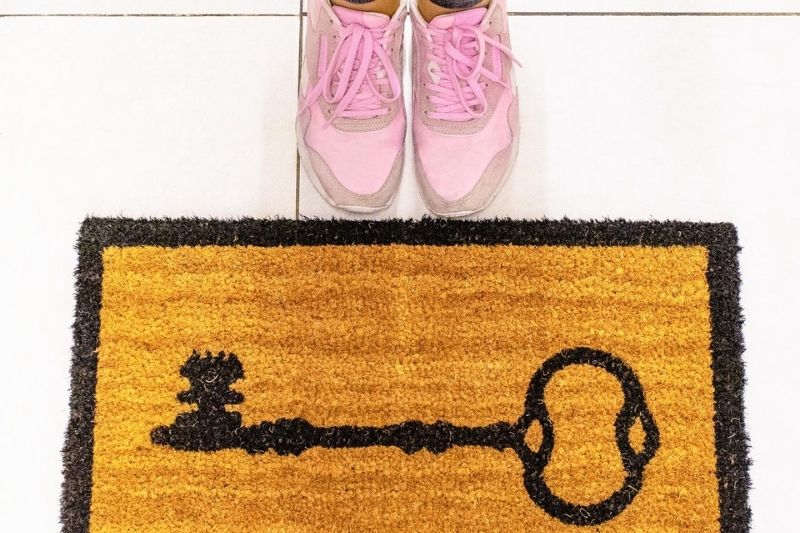
Having sturdy mats for visitors to wipe their feet at every door will also cut down a significant portion of dust, even if people do still wear shoes inside. Every few days, shake the mats off outside or run over them with a hoover to deal with any build-up.
Before putting the mats back, make sure to clean underneath them too. No matter how thick your mats are, some dirt and dust will always seep through to find the floor below.
4. Use dryer sheets
Hard surfaces can act like dust magnets, even if surrounding soft furnishings stay dust-free. After wiping off the hard surfaces with a damp cloth, run a dryer sheet over the surface. The anti-static coating of the dryer sheet will help the surfaces stay dust-free for longer.
5. Minimise clutter
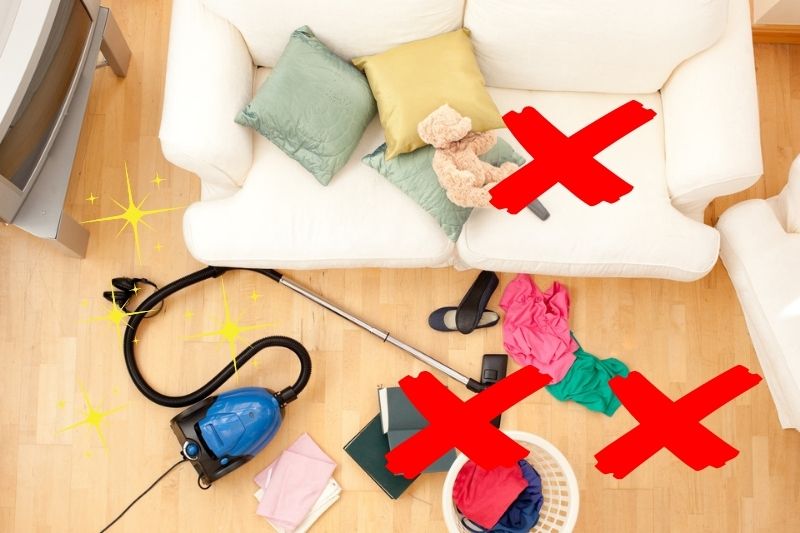
By reducing the amount of clutter in your home, you will be able to greatly reduce the amount of dust. Reduce your level of clutter by keeping countertops free of anything that doesn’t need to be out, hang clothing back up, and keep flooring clear of clutter to make it easier to hoover.
The less stuff you have collecting dust, the less dust you will see.
6. Groom pets outside
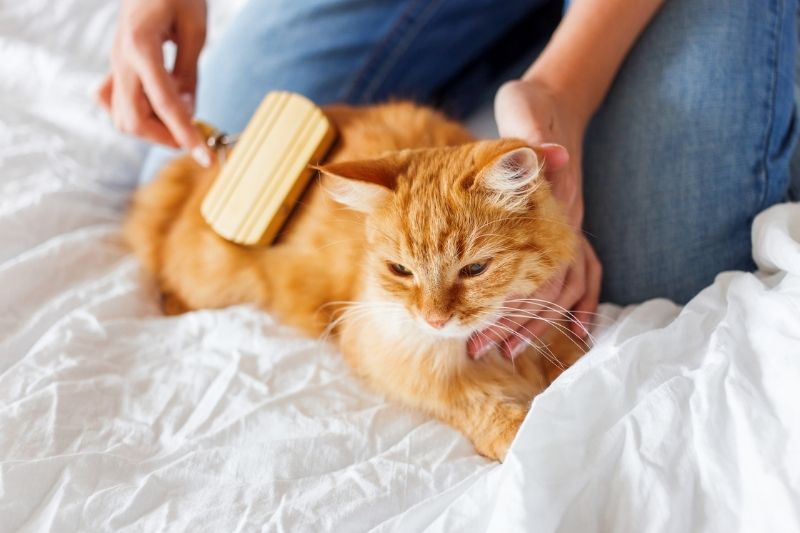
Pets produce an extraordinary amount of dust through the shedding of dead skin and lost hair. Keeping pets groomed and brushing them regularly will keep on top of this issue, especially if you groom them outdoors rather than in.
If you can’t brush them outside, brush them on top of an old towel or sheet that you can then shake outside (or out of a window) once you are done, before putting it through the wash.
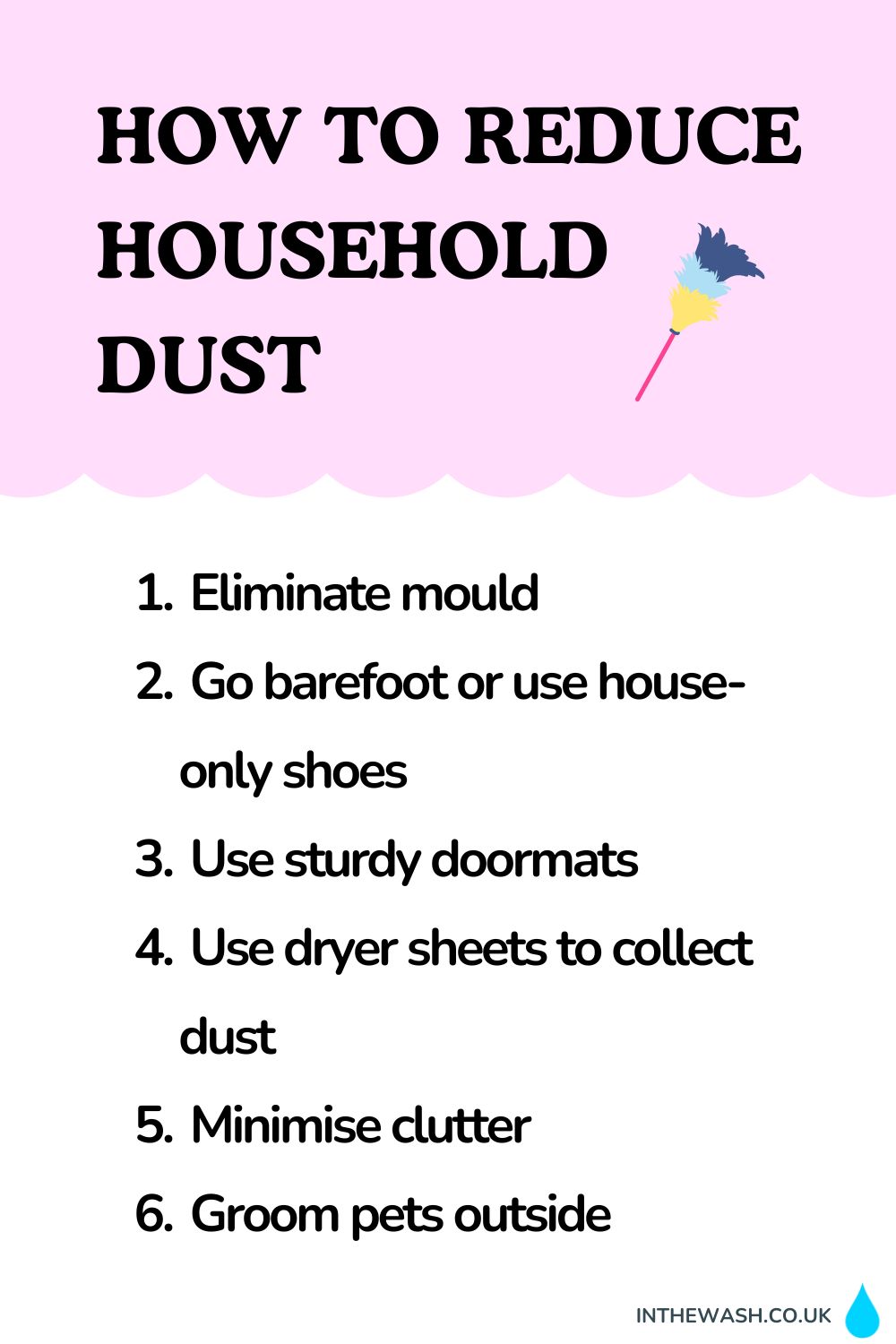

Lover of coffee, painting, and all things cute and fluffy. I’m always on the lookout for easier, more gentle ways to tackle awful household chores.
